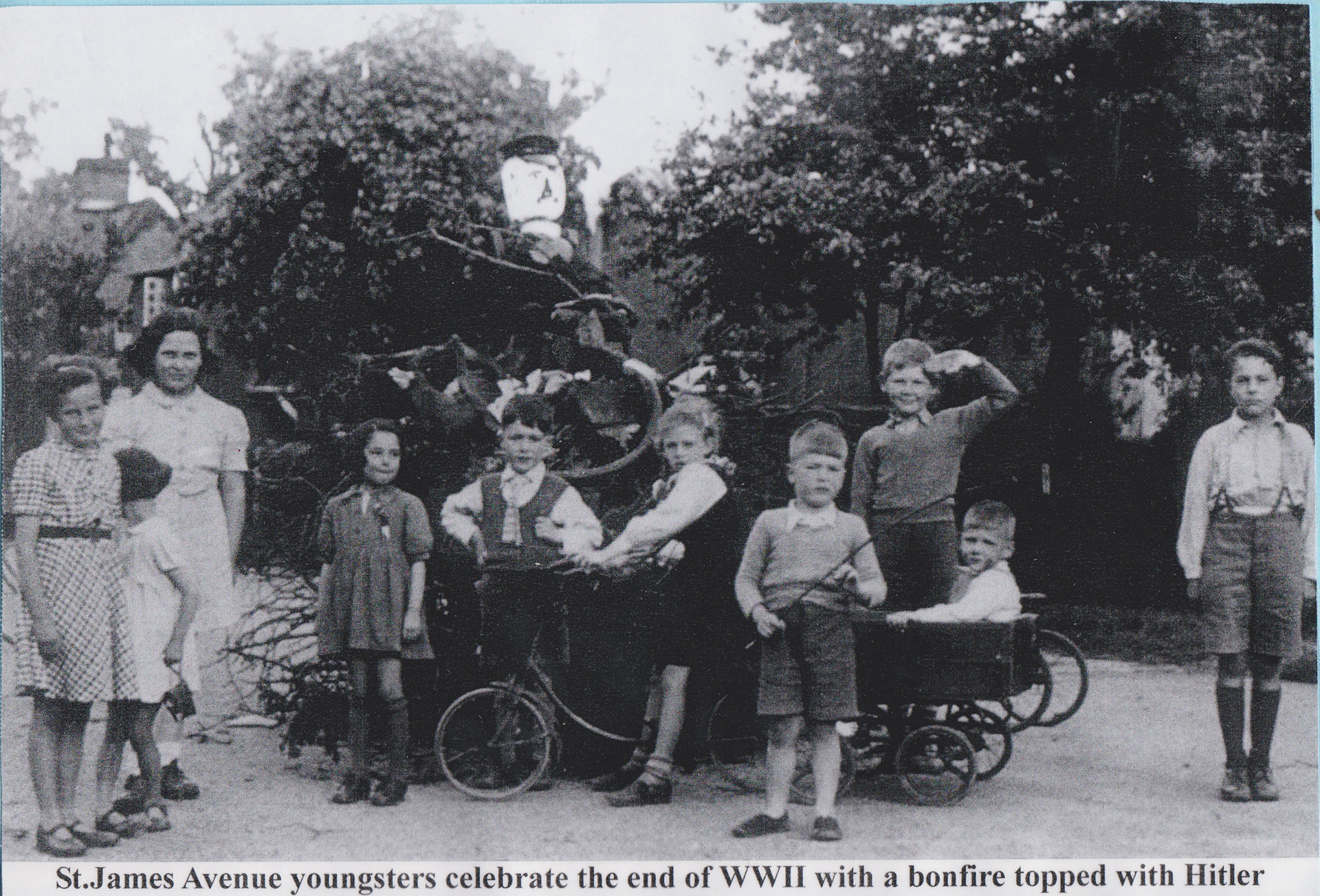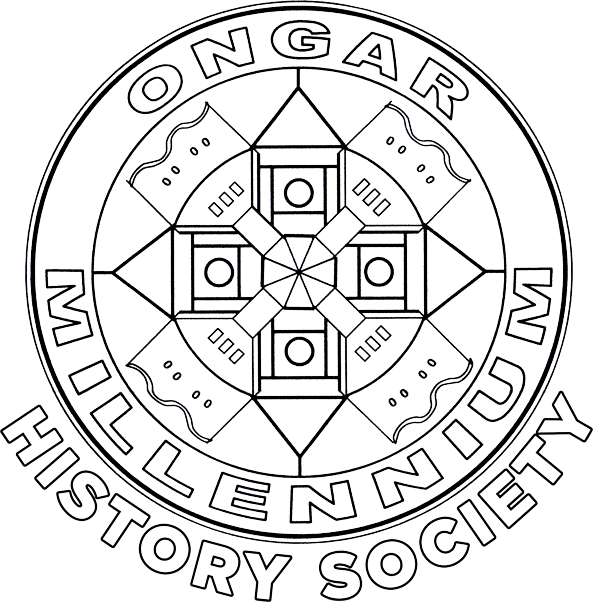
The Second World War was the beginning of change in Ongar.
Chipping Ongar was a small rural town, quite self-contained, having all the necessary shops and a bank along with a railway station which was the end of the line. The town expanded after the war with housing estates being built eg Mayflower Way and Longfields.
In 1939, with the war looming the people began to enter into Civil Defence – the fire brigade got more training, nurses at the hospital taught first aid and the Observer Corps set up posts around the town. Local industry turned to war production, the brickyard was taken over by the Essex War Agricultural Executive Committee, an organisation tasked with increasing agricultural production (“dig for victory”) and made land drain pipes to help utilise more land for food production.
Evacuees arrived from East London to escape the bombing of the docks. The evacuation office was at 96 High Street (now Ongar Foot Clinic). There was a shift system at the newly opened (1936) Ongar Secondary school with the local children having lessons in the morning followed by the evacuees in the afternoon. Many lessons took place in poorly lit air raid shelters. The pupils had gas masks and regular air raid drills, with punishment being dealt out if the headmaster felt these weren’t being taken seriously.
An entry from the Junior School’s logbook notes it was closed whilst staff helped with feeding and billeting refugees from the bombed areas of the East End. Houses were found for most and after 4 days the children were allowed back in but only after the school had been cleaned and disinfected by the Sanitary Inspectors!
The skies above were very busy as Ongar found itself between two major airfields, with the RAF and the Norwegian Airforce (from 1942) at North Weald and the American 387th Squadron at RAF Chipping Ongar – Willingale (an USAAF bomber base built by the Americans over the winter of 1942/3). There were servicemen and women billeted at Blake Hall, Bowes House and The White House. The Germans often used to follow the railway line from Ongar towards North Weald airfield and onto London. Local children watched dog fights in the air collecting shrapnel and bits of aircraft before the Home Guard chased them away.
Ongar itself escaped bombing until later in the war, local fields were to suffer instead as incendiaries were dropped and set crops alight. There was one direct hit, on 12 January 1945 when St James’ church was destroyed, and adjoining houses damaged. Luckily no one was killed apart from a goat called Emily who was there to keep the grass down in the churchyard.
The Congregational church became a rest and recreations centre with a canteen run by local ladies. Budworth Hall’s top floor committee room and concert hall was requisitioned by Essex Education as a school for North Weald. The ballroom was used for dances and air raid wardens were continually trying to enforce blackout rules. With defeat in France and Dunkirk evacuation the survivors were billeted in the Budworth before return to unit. In 1942 the ballroom became a British restaurant the upper floor a refugee centre until it became a ‘Services Canteen’ run by the WRVS.
Ongar, like other towns and villages, adopted a ship during the “Warship Week” National Savings Campaign of 1941-1942. Ongar chose the “Kingston Beryl”, which was taken up for war service in 1939 becoming an anti-submarine trawler for the Western Approaches Command in 1941.
The Land Army were recruited to work on the local farms and they and many Italian POWs and later on German POWs kept the country fed. Fraternisation was a problem and land army girls could be fined for getting too friendly. Ongar and its surrounds became a mix of nationalities – Americans, Polish, Czech and Norwegians and affected the local gene pool!
During War Weapons Week in April 1942, the children at the Junior School collected £82.12s.4d. in National Savings. It is also recorded that £255 was collected at the Senior School as a result of a concert put on by the staff and children.
On 7 May 1945 the BBC announced schools would be closed for 3 days because of VE Day. On 8 May the Prime Minister, Winston Churchill broadcast at 3pm telling of the complete unconditional surrender of all the German forces to the allies, and the King broadcast on the radio at 9pm. Victory street parties took place and houses in the High Street were decorated in red, white and blue.
Article written by Tonia Hart, Michael Leach & Chris Prince
Roseberry Cottages
